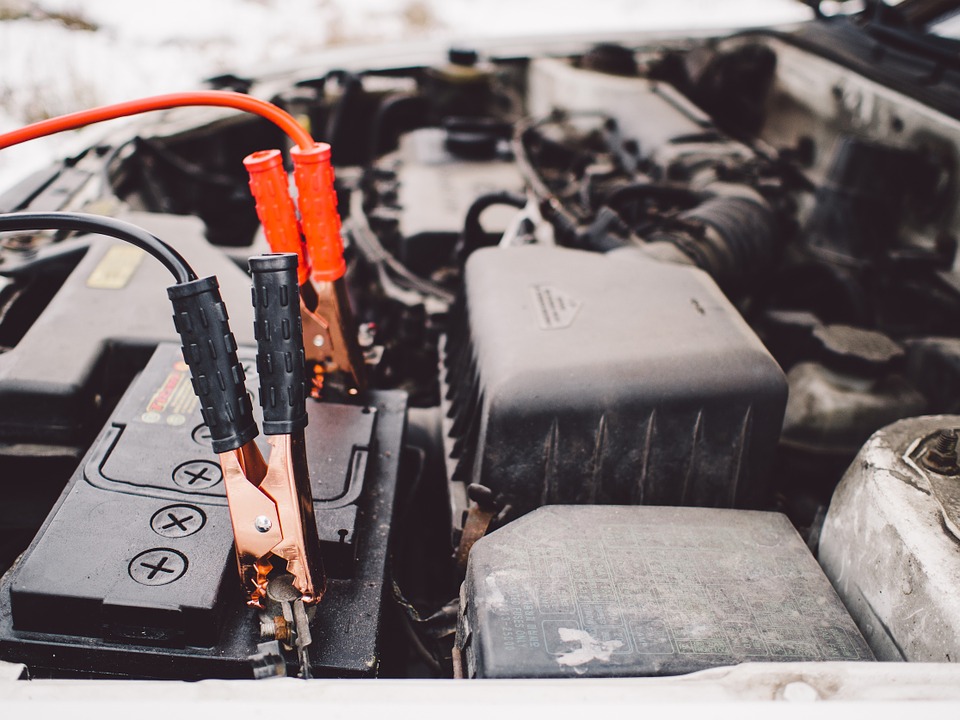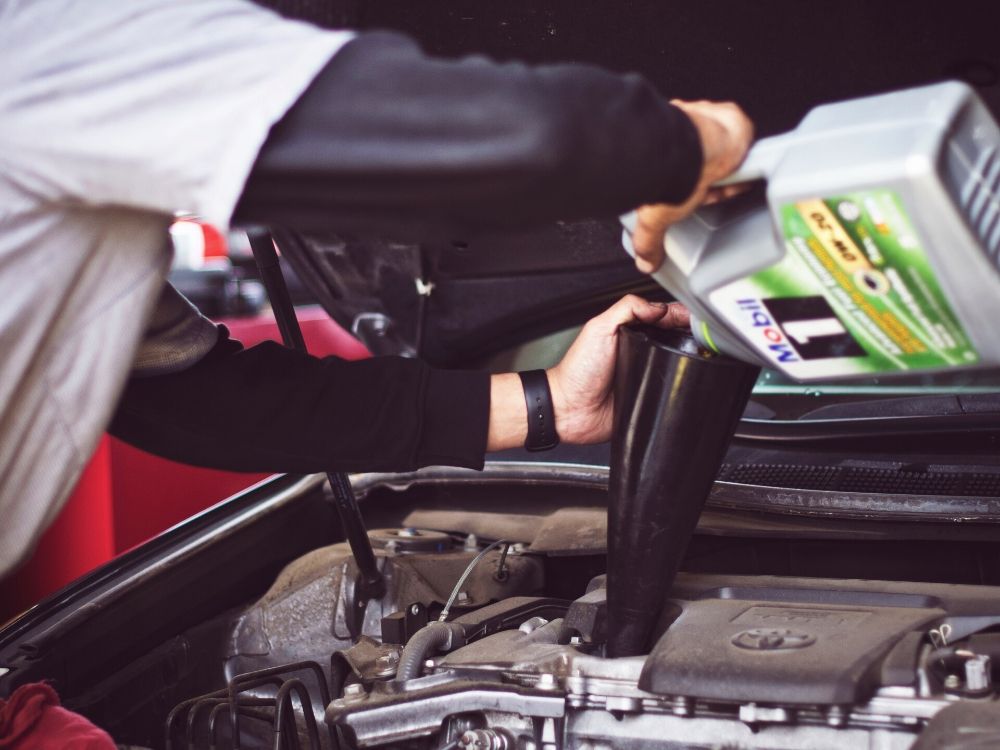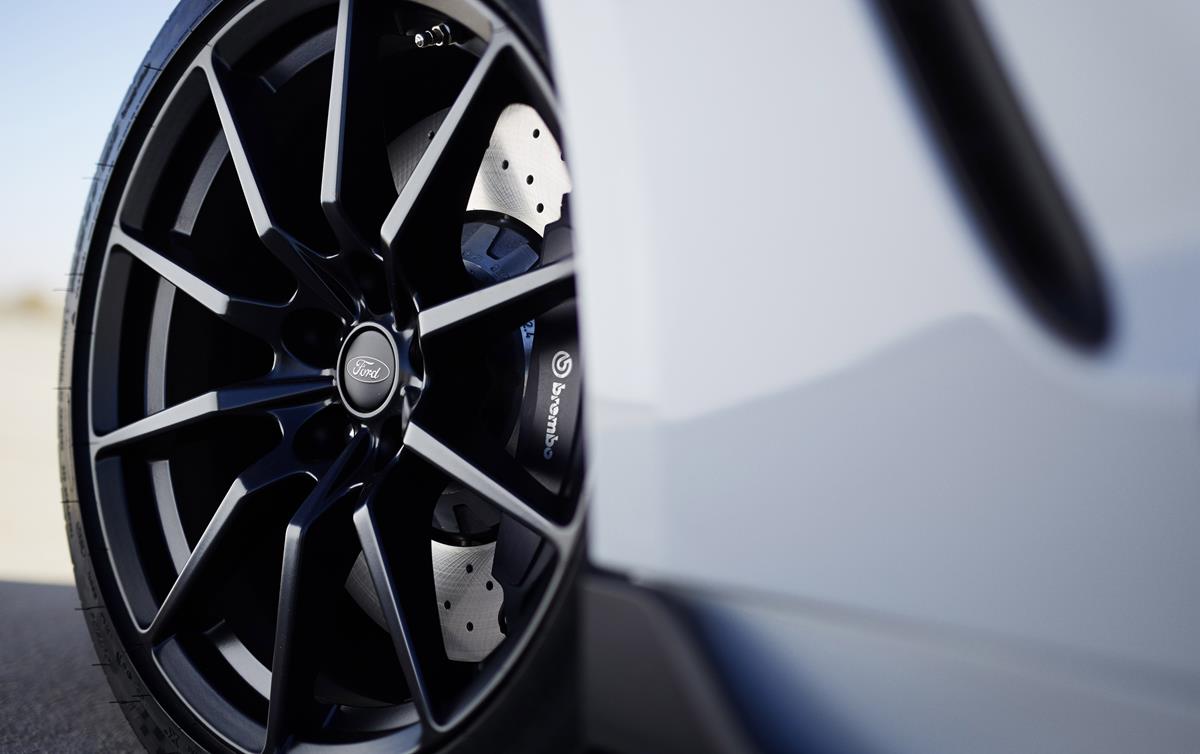Winter is nearly here — we’ve officially entered the holiday season — and that means that it’s time to start preparing for the cold weather that’s on the horizon. You might have already gotten your home’s furnace inspected, re-insulated the pipes and refilled your fuel supply, but what about your car? Here are a few steps to help you winterize your car for the upcoming cold months to keep you from getting stranded in the snow.
Test Your Battery
If you can’t start your car, the first thing you check is the battery. When the temperature drops, your battery takes a beating — at 32 degrees F, it loses 35% of it’s starting power. At 0 degrees F, that number climbs to 65%. Even with a new battery, that might not be enough power to start your engine.
Get your battery tested before it starts to get cold. If it’s older than three years, even if it performs well under a load, you may want to consider getting it replaced. Most car batteries won’t last you longer than five years.
Check and Replace Fluids
Have you been topping off your antifreeze with water during the summer months? When the weather is warm, it isn’t a big problem, but once temperatures start to drop, having too much water in your cooling system could allow your engine to freeze, causing all sorts of damage. Consider draining your coolant entirely and replacing it with a proper 50/50 mix of water and antifreeze to keep your engine running.
If your daily driver is due for an oil change, now is the time to do it. Switch to a thinner viscosity oil that flows better in cold weather. You can swap it out again for a thicker oil once the weather starts warming up again, but you don’t want a thick oil during the cold months. It takes too long to heat up and can’t do its job as a lubricant to protect the inner workings of your engine.
In addition, diesel fuel engines have a lower mileage in the winter than they do in the summer. The composition changes in the season, making the energy value lower and more likely to be used up faster.
When driving a diesel car, it is proven that 55 MPH can get you a 39% better mileage, as speed is important factor in fuel usage. Finally, if you’re prepping a vehicle that uses diesel fuel, you may be inclined to stockpile for the season – just remember that the shelf life of diesel is up to a month.
Swap Out Your Tires
This won’t apply to all our readers — if you live in Florida or any other state that doesn’t really participate in winter, you won’t need to swap out your tires. If you live anywhere else, take a look at your tires. If they’re all-season models and you’re expecting a lot of snow, take a trip to the tire shop. All-season tires work well in most situations, but they can’t compare to snow tires when it comes to traction or ice.
Refill Your Emergency Kit
Even if you have a brand new car, you should still keep an emergency kit in your car, just in case you end up stuck in a snowdrift waiting for a tow. A fully stocked emergency kit should include things like:
- Blankets and warm clothing to keep you warm if you’re stranded.
- Non-perishable food and bottled water.
- Jumper cables (Writer’s Note: These should be in your car year-round.)
- A shovel for digging the snow out from around your tires, and kitty litter or sand to improve traction.
- Road flares for signaling rescue workers or keeping other people from hitting your stuck car.
- A phone charger — self-explanatory.
- A first aid kit — just in case.
The purpose of your emergency kit is to keep you safe and warm if you end up stranded, as well as give you the tools to call for help or make your way out.
Stay Warm This Winter
With Jack Frost getting ready to blanket the world in snow, it’s the perfect time to winterize your car. Stay warm this winter!











